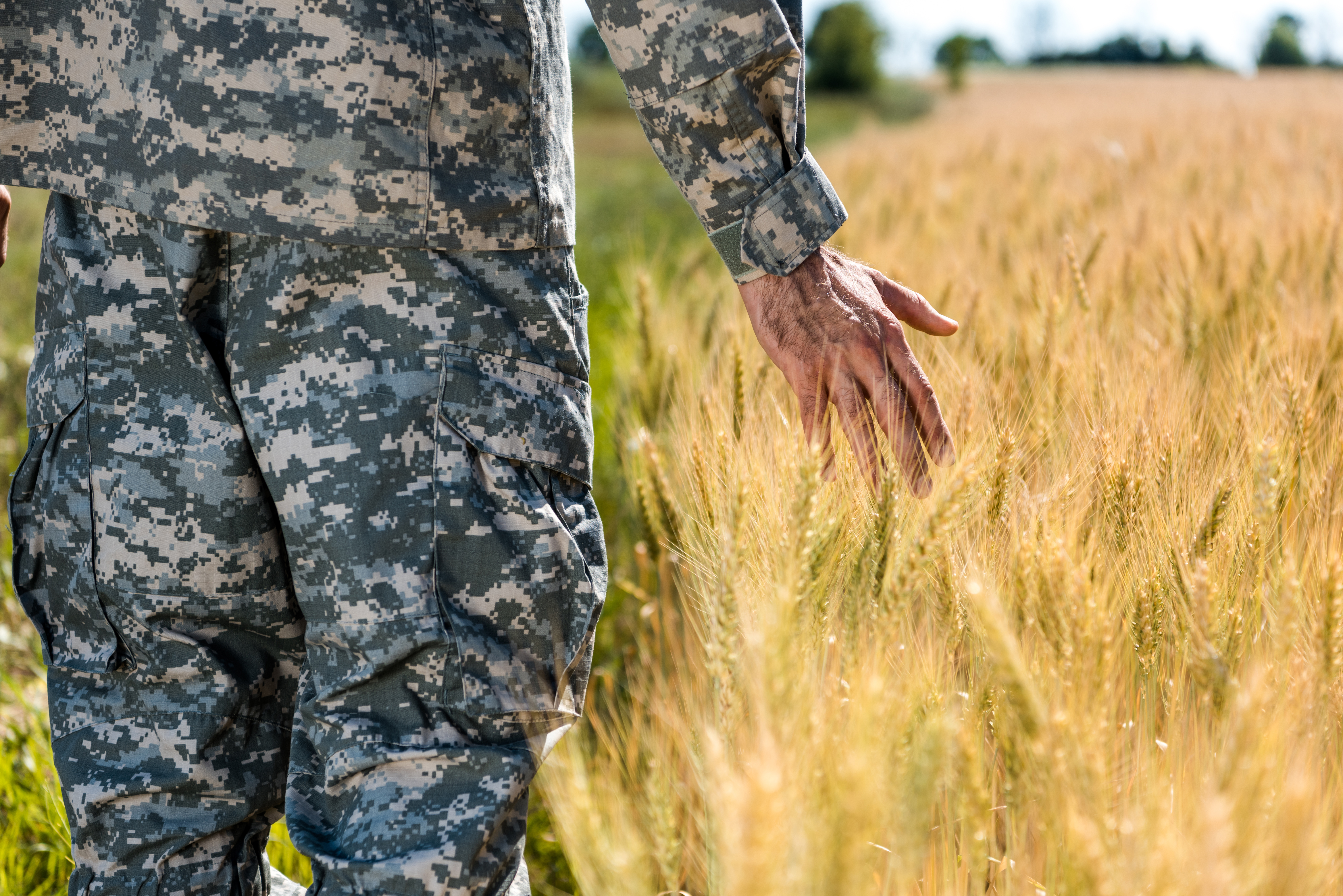Helping Veterans Combat Food Insecurity a National Effort

Table of Content
- Introduction
- Understanding Food Insecurity Among Veterans
- Government Programs Supporting Veterans
- Non-Profit Organizations Making a Difference
- Community Initiatives and Volunteer Efforts
- Challenges in Addressing Food Insecurity
- How the Public Can Help?
- Pros and Cons of Veterans Effort Combat Food Insecurity
- Conclusion
- FAQs
Summary
Food insecurity exists as a widespread problem across the nation among veterans. Many government offices, nonprofits, and local groups focus on helping with food distribution. A number of difficulties concerning accessibility and knowledge remain active. Donations and volunteer work from the public are key to solving this problem. Veteran food insecurity needs teamwork to provide the right help for veterans.
Introduction
The military service has been the lifelong commitment of veterans. Unfortunately, many struggle with food insecurity after their service. National intervention is necessary to stop this problem from growing. Food and resource programs operate through different initiatives that work to support veterans. Knowing the main issues and how to solve them will ensure every veteran gets enough to eat.
Understanding Food Insecurity Among Veterans
More veterans in the United States are facing food scarcity. People who serve face barriers. They often struggle to find jobs. Physical disabilities can make things harder. Also, they have limited access to resources. Thousands of veterans rely on food assistance programs, according to official statistics. Analyzing the basic factors will facilitate the creation of beneficial solutions.
Government Programs Supporting Veterans
Government institutions run multiple programs designed to assist veterans experiencing food shortages. The Supplemental Nutrition Assistance Program (SNAP) distributes food benefits to eligible people. Veterans can find support for housing and food from the VA Supportive Services for Veteran Families (SSVF) program. Meals on Wheels delivers healthy food to veterans who can't leave home.
Non-Profit Organizations Making a Difference
Non-profit organizations act as major advocates for supporting veterans. Feeding America works with local food banks to distribute meals. Operation Homefront provides quick food relief for veterans in need. Injured veterans get food security help from Wounded Warrior Project programs. These organizations rely on public donations and volunteers for their programs.
Community Initiatives and Volunteer Efforts
Veteran food insecurity receives help through the support of local communities. We help veterans who struggle with food insecurity. We offer food through drives, mobile pantries, and community meals. Local businesses and individuals often donate money and their time to support veterans. Greater community engagement will expand the positive effects of efforts.
Challenges in Addressing Food Insecurity
Despite available programs, challenges remain. Veteran communities do not receive notification about assistance programs that exist. Many veterans face challenges getting food due to mobility issues and transportation problems. Due to perception-based prejudice, several veterans refuse to obtain assistance. The resolution of these problems needs improved organization and assistance delivery.
How the Public Can Help?
The public is key in finding solutions to food insecurity for veterans. Food banks run by non-profits and their donors help people in need. The distribution of food at local organizations becomes possible through volunteer work. Creating awareness about veteran food insecurity allows society to help veterans more effectively.
Pros and Cons of Veterans Effort Combat Food Insecurity
|
Pros |
Cons |
|
Provides structured food assistance, covers large populations, Reduces food insecurity rates |
Strict eligibility requirements, Limited funding, Awareness issues |
|
Direct community involvement, Quick response to emergencies, Supports long-term solutions |
Reliant on donations, Limited coverage, Volunteer shortages |
|
Encourages local support, strengthens veteran connections, Increases food access |
Requires consistent funding, needs public participation, Faces logistical barriers |
|
Raises awareness, increases donations, Expands volunteer networks |
|
|
Provides essential aid to veterans, creates sustainable solutions, Reduces hunger rates |
|
Conclusion
The solution to food insecurity among veterans demands joint collaboration. Public support comes from three key areas: government programs, non-profit groups, and community efforts. The public can get involved by donating, volunteering, and promoting awareness. Together, we'll support veterans while enjoying a lifestyle free from hunger.
FAQs
Why do many veterans face food insecurity?
Veterans face challenges in finding jobs and dealing with health issues. They also lack resources, which leads to food insecurity.
What government programs assist veterans with food access?
The food assistance network includes SNAP, VA Supportive Services, and Meals on Wheels.
How do non-profits help veterans facing hunger?
Non-profits deliver meals for today and offer urgent support. They also run programs to ensure lasting food security.
Can communities help reduce veteran food insecurity?
Local volunteer programs, food drives, and community initiatives help improve local conditions.
How can individuals support veterans in need?
Veteran food insecurity gets help from community food donations. People also volunteer for shelters and raise awareness about veteran hunger.

